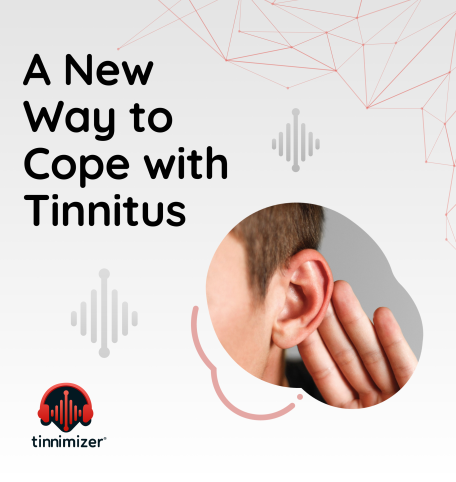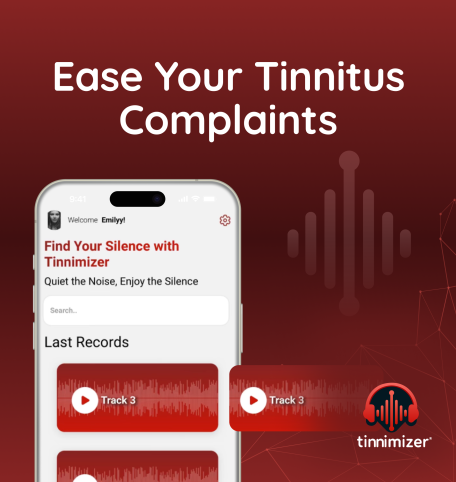What Is Sound Therapy?
Sound therapy involves the use of external sounds to mask, reduce, or retrain the brain’s response to tinnitus. These sounds can range from white noise and nature sounds to specially designed audio tailored to the individual’s tinnitus frequency. The goal is to shift the brain’s focus away from the phantom sound, making it less noticeable over time.


How Does Sound Therapy Work?
Sound therapy works by leveraging the brain’s neuroplasticity—its ability to reorganize itself by forming new neural connections. Here are the key mechanisms:
Masking: External sounds can “drown out” the tinnitus, making it less prominent. For example, white noise generators or apps like Tinnimizer can provide continuous background noise that helps mask the ringing.
Habituation: Over time, sound therapy trains the brain to treat tinnitus as an insignificant background noise, similar to how we tune out the hum of a refrigerator or the sound of an air conditioner.
Neuroplastic Rewiring: By introducing specific frequencies tailored to the patient’s tinnitus, sound therapy can help “retrain” the auditory system, reducing the brain’s focus on the tinnitus signal.
I want to express my sincere appreciation for your leadership and expertise as a co-founder of Tinnimizer. Your medical knowledge has been instrumental in creating a truly innovative solution for tinnitus treatment. By providing personalized white noise, Tinnimizer significantly improves the lives of its users, offering a scientifically-backed approach to managing tinnitus. I’m proud to be part of this journey, and I look forward to the positive impact we will continue to make together.

The Benefits of Sound Therapy
Sound therapy offers a range of benefits that make it a preferred choice for tinnitus management:
Non-Invasive: Unlike surgical or pharmaceutical options, sound therapy is entirely non-invasive and poses no physical risks.
Personalized Approach: Tools like Tinnimizer create customized soundscapes based on the individual’s unique tinnitus profile, ensuring targeted relief.
Emotional Relief: By reducing the prominence of tinnitus, sound therapy can alleviate the stress and anxiety associated with the condition.
Integrating Sound Therapy into Daily Life
One of the best aspects of sound therapy is its flexibility. It can be seamlessly integrated into daily routines, whether you’re working, commuting, or relaxing at home. Here are some tips to maximize its effectiveness:
Consistency Is Key: Regular use of sound therapy enhances its impact. Aim to use it for at least 1-2 hours a day or during times when tinnitus feels most intrusive.
Pair with Relaxation Techniques: Combining sound therapy with mindfulness or deep breathing exercises can amplify its calming effects.
Use Quality Equipment: High-quality headphones or speakers ensure that the therapy sounds are clear and effective.
The Future of Sound Therapy
As technology continues to evolve, sound therapy is becoming more advanced and accessible. Apps like Tinnimizer are leading the way by offering user-friendly platforms that deliver personalized soundscapes tailored to each individual’s needs. With ongoing research and innovation, the potential for sound therapy to improve lives is limitless.
Sound therapy is more than just a management tool—it’s a pathway to reclaiming peace and control in a life affected by tinnitus. By understanding how it works and incorporating it into your routine, you can take the first step toward a quieter, more harmonious life.

